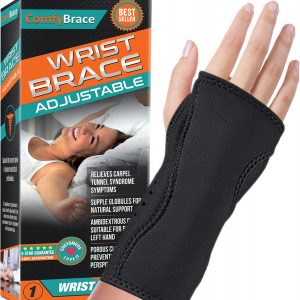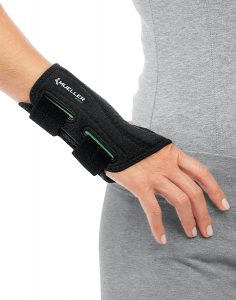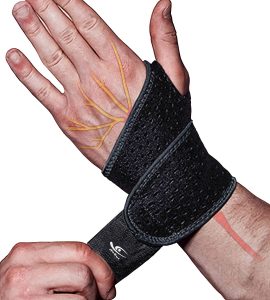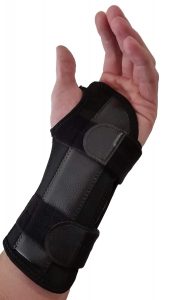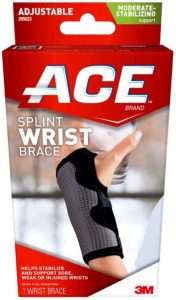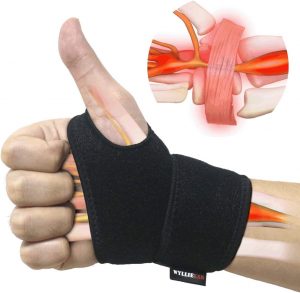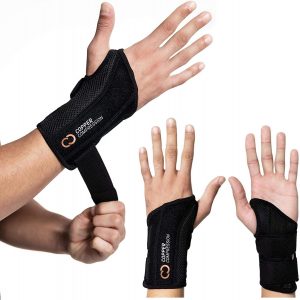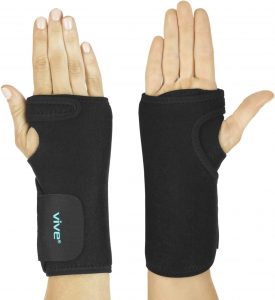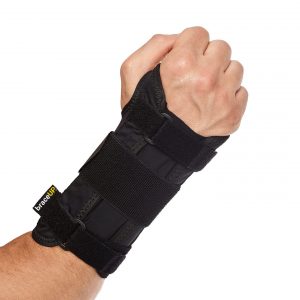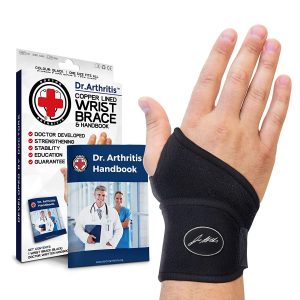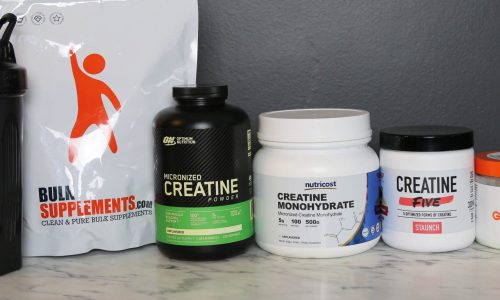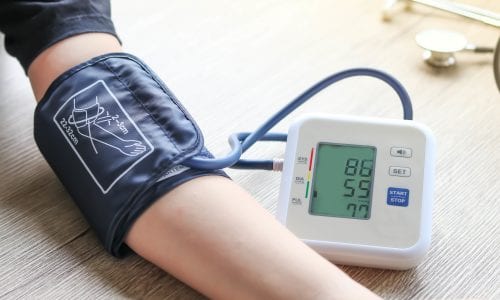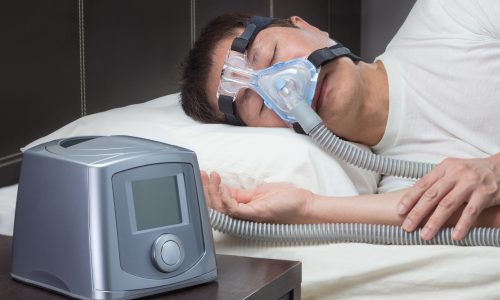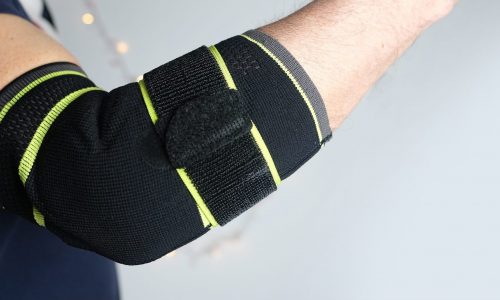The Best Wrist Brace
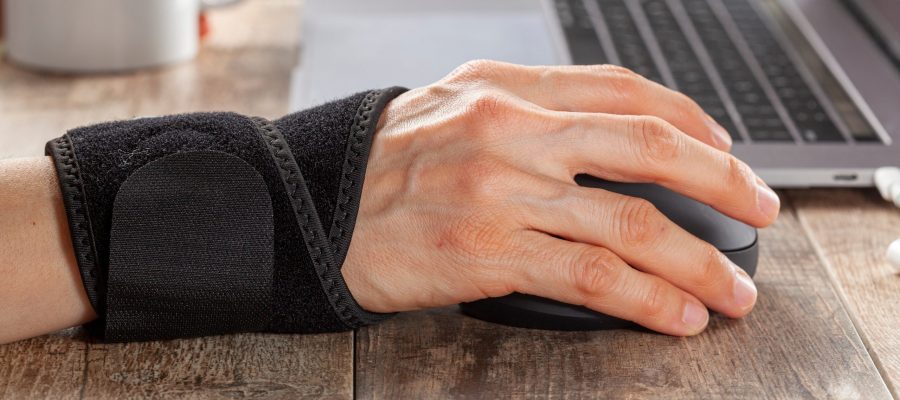
Our Review Process
Don't Waste Your Money is focused on helping you make the best purchasing decision. Our team of experts spends hundreds of hours analyzing, testing, and researching products so you don't have to. Learn more.
Our Picks For The Top Wrist Braces
- 1. ComfyBrace Adjustable Ambidextrous Design Wrist Brace
- 2. Mueller Latex-Free Recycled Materials Wrist Brace
- 3. HiRui Flexible Compression Strap Wrist Braces, 2-Count
- 4. ARMSTRONG AMERIKA Carpal Tunnel Splint Wrist Brace
- 5. ACE Adjustable Palmar Splint Wrist Brace
- 6. WYLLIELAB Universal Size Wrap Wrist Brace
- 7. Copper Compression Moisture-Wicking Fabric Wrist Brace
- 8. Vive Removable Splint Lightweight Wrist Brace
- 9. BraceUP Lightweight Aluminum Splint Wrist Brace
- 10. Dr. Arthritis Non-Slip Strap System Wrist Brace
This glove gently compresses and supports your wrist with strategically placed straps and beaded cushioning. It comes with a removable splint for extra support when you need it. It will need to be hand washed and set out to dry to extend its longevity.
Great for Everyday WearA lightweight, breathable build and adjustable fit make this a great brace for everyday wear.
Get the wrist support you need with this wrist brace, which includes two adjustable straps. The design of the glove puts the emphasis on the wrist to keep the fingers and thumb free. It’s made from latex-free recycled materials for a safe, sustainable option.
Adjustable FitWith two adjustable straps and multiple sizes, this wrist brace can be adjusted to fit your needs.
The design of this wrist brace lets you choose to place support where you most need it. Compression helps stabilize the wrist while neoprene-blend materials provide breathable warmth. The adjustable fit means one size fits all.
Extra DurableA neoprene blend gives the material of this wrist brace extra durability.
Wearable on either your left or right wrist, this brace is made from a lightweight but durable material. The material is a neoprene blend that resists dirt and staining while also providing the support you need. The inner metal wrist splint is removable for when you need a little more comfort and a little less support.
For Active ConsumersA thin build means you can wear this wrist brace throughout the day or while you sleep without it getting in the way.
Buying Guide
Wrist braces can be a great way to immobilize your wrist to prevent injury or help you rest it while it’s healing. It can even help prevent wrist pain for gymnasts and athletes. But wrist braces aren’t meant to be an all-in-one cure for injury. It’s important to know a wrist brace’s benefits and limitations.
If you’re starting to notice certain activities tax your wrist, a brace could be a great option. You can buy them over the counter, although it’s always best to have a talk with your physician if you’re having any sort of health issues. Wrist braces can be used to help with the following conditions:
- Injuries like strains and sprains
- Carpal tunnel syndrome and tendonitis
- Arthritis
When you start shopping for a wrist brace, you’ll notice a large selection with little to differentiate between each. You’ll want a brace that is stiff enough to hold your hand in the desired position, but comfort is still a factor, particularly if you’ll be wearing it for hours at a time.
In addition to a material that gives you a little stretch, breathability is important. You probably won’t want sweaty hands while you’re working, and the right type of material can help with that. Some wrist braces build in memory foam to help cushion your wrist and keep it comfortable while it’s being supported.
Sizing is also an important factor. You’ll find many braces that claim that one size fits all. In many cases, this might work, but those with hands that are larger or smaller than usual will likely find they don’t get the support they need. You can also find braces that are custom-fitted to give you more personalized support.
If you have health insurance, you could save some money. However, you might need to make a visit to your physician to have one medically ordered. If you have a health savings account or flexible spending account, over-the-counter wrist braces qualify as a medical purchase.
What to Look For
- Some wrist braces include compression to help control swelling and provide support. Before using a brace with compression built in, check with healthcare providers to make sure it’s the right option for your particular issue.
- For milder aches and pains, a wrist brace with massaging elements could provide additional relief.
- To optimize support, consider a wrist brace with a splint included. Some are removable for those days you just need lighter support, but a splint is one of the best ways to immobilize an active area like the wrist.
- Most wrist braces will need to be hand washed and set out to dry, so keep in mind cleanup won’t be as easy as tossing it in the laundry.
- If you’re allergic to certain materials, like latex, pay close attention to the materials used to make your wrist brace.
- Durability is an important factor. Neoprene is a thick, breathable fabric that can last longer than thinner materials. If your wrist brace includes Velcro, you may want to store it with the Velcro fastened to reduce the risk of it picking up debris or catching on the fabric of the brace.
- Wrist braces typically use one-size-fits-all or reduced sizing. You might find the only options are Small/Medium or Large/X-Large, for instance. A prescribed brace might have more precise sizing to help you find a better fit.
- Some wrist braces use straps and Velcro to help you adjust the fit to exactly what you need. This is a great way to ensure your brace grows with you over the years for a long-lasting option.
- If you’ll be sleeping in your wrist brace, comfort will be a top priority. Look for a lighter-weight material that breathes. For overnight wear, a supportive build will likely be more important than being able to move your fingers and thumbs.
More to Explore
The wrist is a highly flexible part of the hand, but it’s also fairly complex. It has eight small bones, the carpal bones, which connect the hand to the forearm bones. This grouping of small bones helps keep the wrist both strong and flexible.
The carpal bones are part of what’s known as the carpal tunnel, which runs from the wrist to the hand. This tunnel also includes tendons and ligaments, as well as the median nerve, which passes through the tunnel. The carpal tunnel controls sensation in the thumb, index, and middle finger. Carpal tunnel syndrome occurs when the median nerve is compressed, which can happen due to injuries, arthritis and a variety of other factors.

